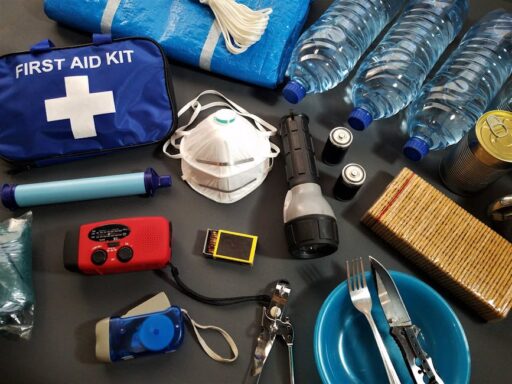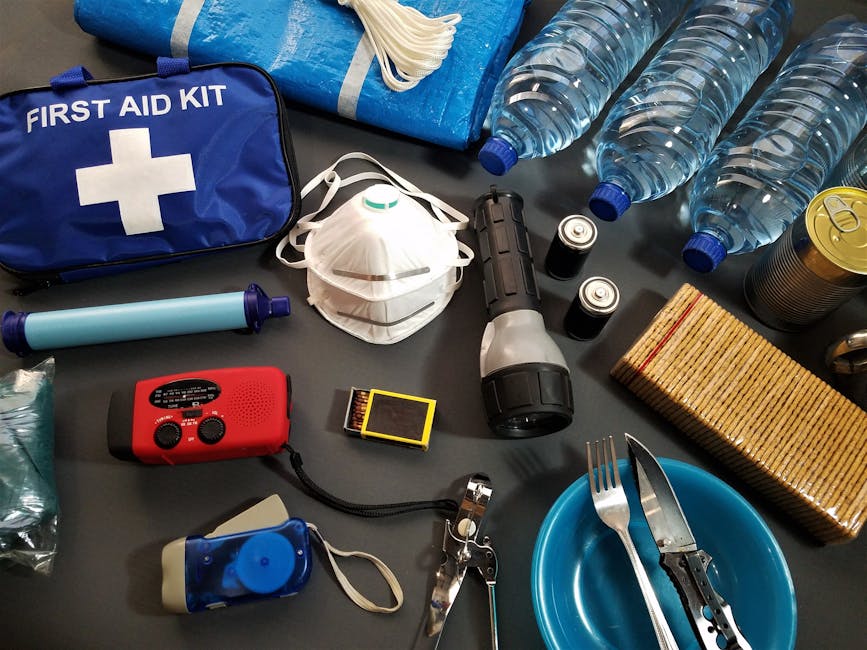With emergencies increasingly in the forefront of our minds, it’s vital to prepare effectively. FEMA reveals that over 80% of Americans have started gathering supplies for emergencies, with emergency kit purchases at an all-time high. While these kits, coupled with an evacuation plan and basic first aid knowledge, are essential, their contents and accessibility can make all the difference.
To ensure your emergency kit is truly effective, it must be tailored to your needs and easily accessible when disaster strikes. Generic kits are a great start, but bespoke kits that consider your specific circumstances are crucial. Additionally, multiple kits are necessary, as you might not have the luxury of time to find a kit hidden in your basement. Here’s a guide to assembling the emergency kits you need.
Seasonal Kits
Living in an area with multiple seasons necessitates rotating season-specific emergency kits:
-
Summer Emergency Kits: Include extra water, sun protection (such as sunblock and a broad-rim hat), a raincoat, and cooling products like a cooling towel or cold packs to combat extreme heat.
-
Winter Emergency Kits: Pack compact blankets or sleeping bags, body and hand warmers, extra waterproof clothing, and foldable digging tools for snow removal.
Location-Specific Kits
Regardless of how well-stocked your kits are, they’re only useful if you can access them quickly. Ensure you have kits in strategic locations:
-
Vehicle Kits: Every vehicle should have a kit with essentials like first aid and seasonally appropriate gear, plus items like a seat belt cutter, window breaker, flares, ice scraper, traction aids, tire repair kit, and duct tape. Boat owners should add fire suppression, a flare gun, and boat-specific tools.
-
Portable Kits: For public transport users, a small, portable emergency kit with basics like first aid, water, food, and a solar phone charger can be easily carried in larger bags.
-
Home Kits: Keep your home kit in an accessible location, ensure it’s seasonally appropriate, and regularly update perishables and batteries. Consider adding a second kit in your garage or another exterior area for quick access during sudden emergencies.
-
Work Kits: Since emergencies can happen anytime, keep a small emergency kit at your workplace where you spend significant time.
Special-Purpose Kits
In addition to general supplies, maintain special-purpose kits:
-
Pet Kits: For pet owners, include pet food, water, medicines, a carrier or leash, blankets or a pet coat, and other necessities in an emergency pet kit.
-
Power Kits: Whether you’re sheltering in place or evacuating, a lighting and power kit with battery-powered or hand-crank lights and chargers ensures you have the light and power you need without scrambling in the dark.





